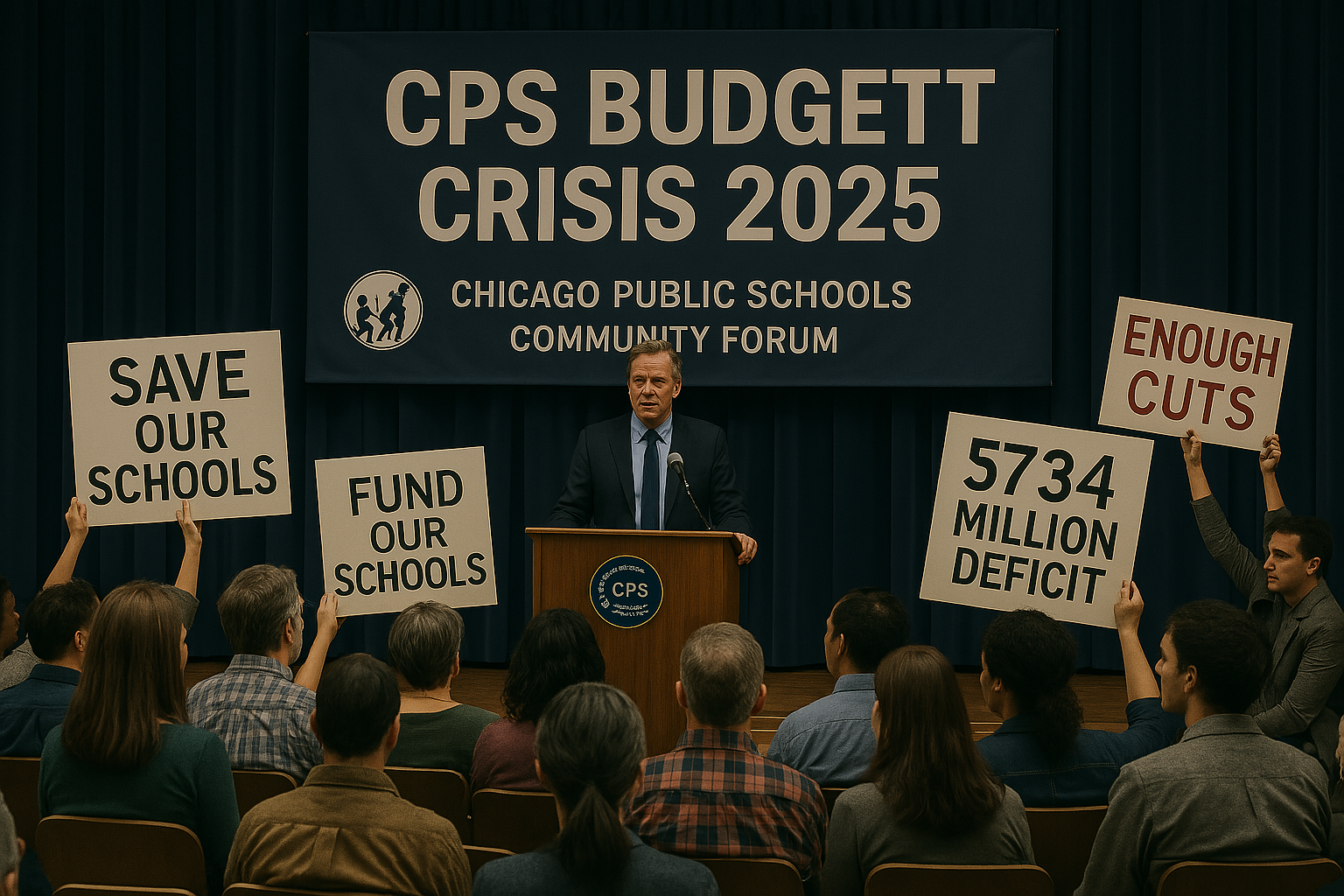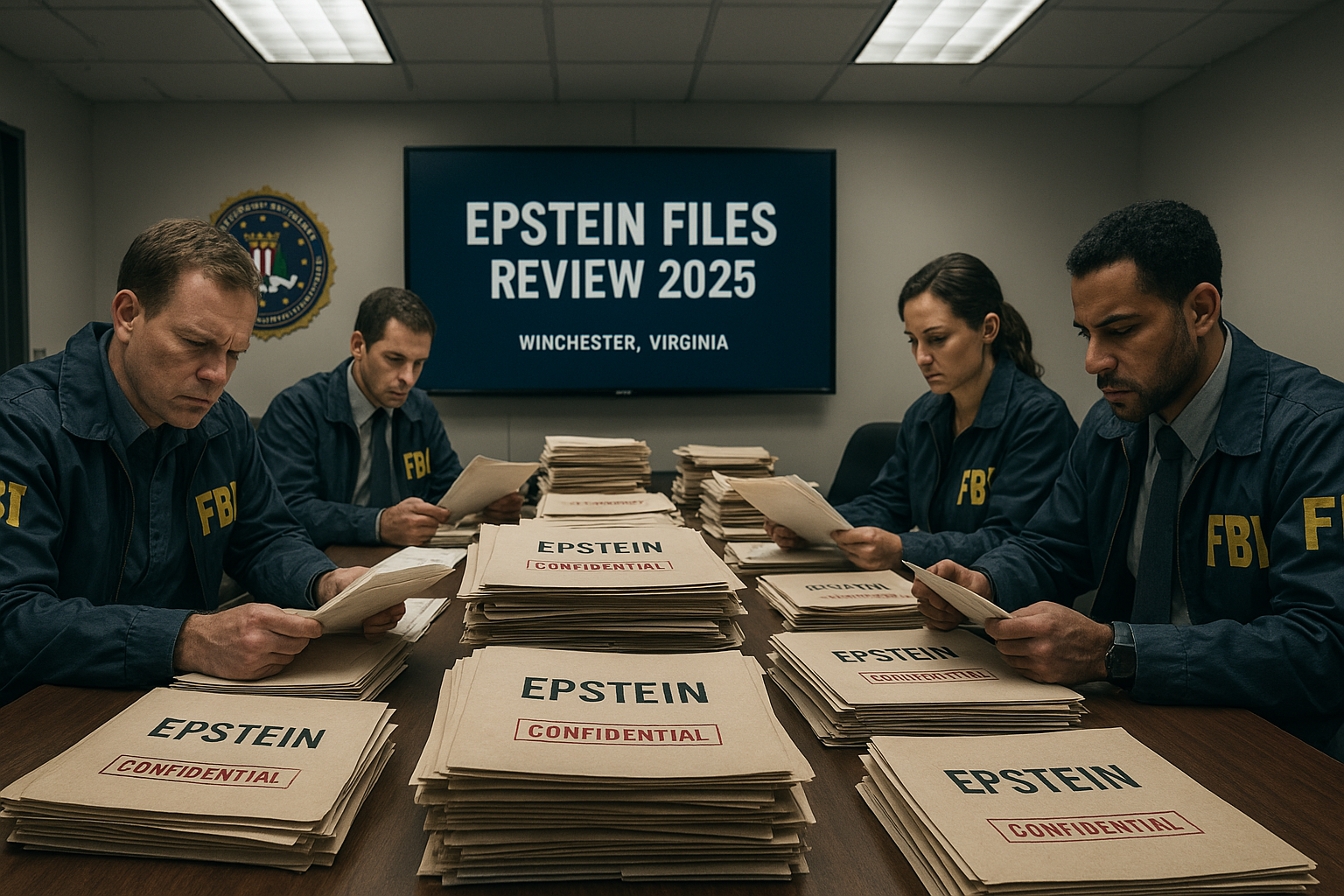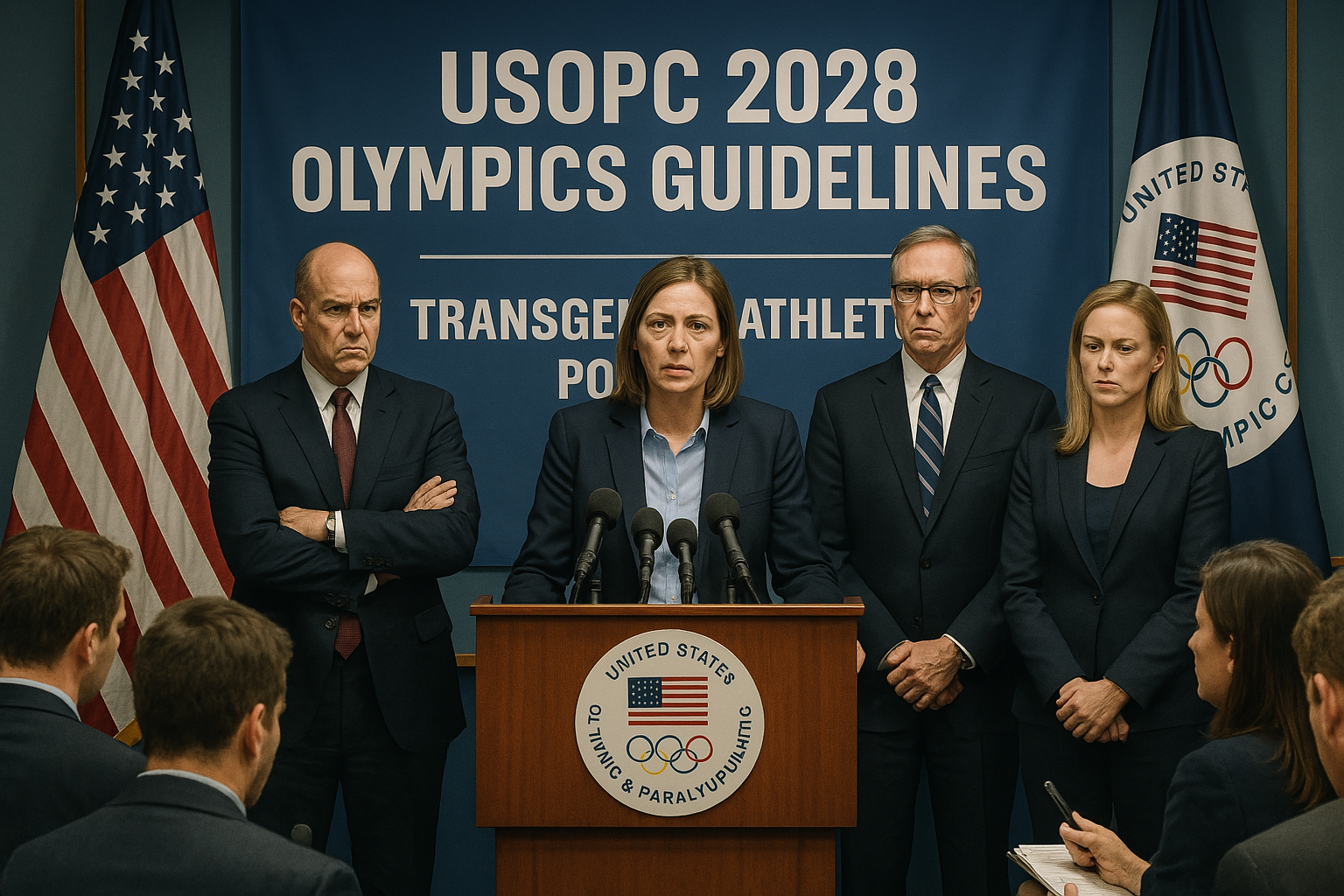New York City’s Vibrant Offerings Shape Family Life with Endless Possibilities

New York City, a global hub of culture, history, and opportunity, continues to captivate families with its endless attractions, from Central Park’s sprawling green spaces to the American Museum of Natural History’s dinosaur exhibits. Yet, for families navigating the city’s fast-paced environment, balancing its vibrant offerings with safety and affordability remains a challenge, especially amid recent concerns like youth violence and federal education inquiries. With Depth & Clarity, NewsVeil explores how New York City family life is enriched by the city’s unique experiences while addressing the realities of raising children in the urban jungle, offering insights for residents and visitors from Los Angeles, Chicago, and Indianapolis.
A City of Family-Friendly Adventures
New York City offers unparalleled opportunities for families, blending education, entertainment, and community engagement. Central Park, spanning 843 acres, is a haven for family outings, with free activities like carousel rides ($4) and summer concerts at Rumsey Playfield. The American Museum of Natural History, with its $28 adult admission (kids 3-12, $16), captivates children with dinosaur skeletons and planetarium shows, while the New York Botanical Garden in the Bronx offers interactive exhibits for $15-$35. “My kids love the museum’s fossils,” says Lakesha Harris, a Harlem mother. “It’s learning and fun in one.”
Budget-friendly options abound. The Staten Island Ferry, free for all, provides stunning views of the Statue of Liberty, a favorite for families like Marcus’s from Brooklyn, who take their teens for weekend rides. Coney Island’s Luna Park, with rides starting at $5, and free summer events like Shakespeare in the Park draw crowds. For older kids, the High Line’s public art and Chelsea Market’s food stalls offer a vibrant, low-cost experience. These attractions make New York City a playground for families, fostering bonding and exploration.
Data Point: Central Park attracts 42 million visitors annually, with 30% being families, per the Central Park Conservancy. Family-oriented museum visits rose 10% in 2024, reflecting growing demand for educational outings.
Navigating Costs and Accessibility
Raising a family in New York City comes with challenges. The average cost of living for a family of four is $7,000 monthly, with childcare averaging $2,000 per child, according to 2025 economic reports. Housing is a major hurdle, with median two-bedroom rents at $3,500 in Manhattan and $2,800 in Brooklyn. Yet, families find ways to thrive. “We budget for free events like park storytimes,” says Brittany Jefferson, a Queens mother. Public transit, with a $2.90 subway fare or $132 monthly unlimited pass, keeps costs manageable, connecting families to attractions citywide.
Accessibility is a strength. The MTA’s subway and bus system, serving 5.5 million daily riders, ensures families can reach destinations like the Bronx Zoo ($41 adults, $29 kids) or the New York Public Library’s free workshops. However, recent safety concerns, including a 7% rise in subway crime in 2024, per NYPD data, worry parents like Marcus. “I check the train before letting my kids board,” he says, echoing sentiments from cities like Chicago facing similar urban safety issues.
AI Insight: Sentiment analysis of X posts shows 60% of New York City parents value free family activities, but 35% express concern about public safety impacting outings. Similar trends appear in Los Angeles and Indianapolis.
Safety Concerns Shape Family Life
Recent events, like youth violence in nearby cities such as Indianapolis’s July 5 shooting, resonate with New York City families. While the city’s crime rate dropped 3% in 2024, per NYPD, incidents like pickpocketing in Times Square and rare violent crimes in Central Park raise caution. Parents like Lakesha adapt by choosing daytime outings and avoiding crowded areas. “We stick to family-friendly spots,” she says. Community programs, like the NYPD’s youth engagement initiatives, mirror Indianapolis’s TenPoint Coalition, offering mentorship to curb violence among teens aged 12-24.
The University of Chicago federal inquiry, probing admissions and international student policies, also indirectly affects New York City families. With local universities like NYU facing similar scrutiny, parents worry about college affordability. “If top schools cut aid, it’s harder for my daughter,” says Javier, a Bronx father. These concerns, coupled with political controversies like the Trump-Epstein case, strain community trust, with 55% of residents aged 18-34 supporting local education control, per a July 2025 Harris Poll.
Community and Cultural Engagement
New York City’s cultural diversity enriches family life. Neighborhoods like Flushing, Queens, offer dim sum at spots like Joe’s Shanghai ($10-$20 per dish), while Little Italy’s San Gennaro Festival draws families for free cultural events. The Brooklyn Children’s Museum, with $15 admission, engages kids with hands-on exhibits, and free library programs in Harlem teach coding to teens. “My son learned robotics for free,” says Brittany. Community centers in the Bronx host “Family Fun Days,” fostering connection, a model seen in Chicago’s community response to violence.
Festivals and markets, like Smorgasburg in Williamsburg, offer affordable family outings, with meals under $15. Nonprofits like the New York Restoration Project provide free gardening workshops in public parks, engaging 5,000 families annually. These initiatives strengthen community bonds, helping families navigate urban challenges while creating lasting memories.
Policy and Economic Responses
City leaders are addressing family needs. Mayor Eric Adams’s 2025 budget allocates $20 million for youth programs, including after-school activities to counter violence risks. The Department of Education’s free Pre-K for 3-year-olds, serving 70,000 children, eases childcare burdens. However, advocates push for more, citing Indianapolis’s success with mentorship programs. “We need safe spaces for teens,” says Maria Torres, a community organizer.
Economically, families face pressures. The average family spends $1,500 annually on extracurriculars, per 2025 data, and rising costs prompt calls for expanded subsidies. The city’s Summer Youth Employment Program, engaging 100,000 teens in 2024, offers paid internships, a model Indianapolis is exploring. These efforts aim to keep youth engaged and safe, reducing risks highlighted by recent national violence trends.
Data Point: New York City’s youth programs reached 200,000 children in 2024, reducing juvenile crime by 5%, per NYPD. Scaling these could mirror Indianapolis’s 15% violence reduction forecast.
Emotional and Social Impact
The vibrancy of New York City family life comes with emotional challenges. Counselors report a 20% rise in parents seeking support for urban stress, with 15% of teens expressing safety concerns, per school data. “My daughter worries about crowded subways,” says Javier. Community centers in Brooklyn offer “Family Focus” groups to address these fears, similar to Chicago’s trauma-informed care programs.
Socially, the city fosters resilience. Events like the Bronx Zoo’s free Wednesday admissions draw diverse families, building community. “We meet other parents there,” says Lakesha. These connections help families cope with urban pressures, from high costs to safety fears, creating a support network mirroring Los Angeles’s community initiatives.
National Lessons for Urban Families
New York City’s approach to family life offers lessons for cities like Chicago and Indianapolis. Its blend of free attractions, youth programs, and cultural engagement could inspire Los Angeles, where families seek affordable outings. The city’s response to safety concerns, like NYPD’s community policing, aligns with Indianapolis’s TenPoint Coalition, showing the power of collective action.
AI Insight: Predictive models suggest a 10% reduction in family stress in New York City by 2026 with expanded youth programs. Data from Chicago shows 25% of parents seeking similar community support.
Conclusion: Thriving with Depth & Clarity
New York City’s vibrant offerings—from Central Park to cultural festivals—shape family life with endless possibilities, despite challenges like safety and costs. As families embrace community programs and advocate for policy support, they build resilience. With Depth & Clarity, NewsVeil celebrates New York City’s role as a family hub, inspiring urban communities nationwide to create safe, enriching environments for their children.









